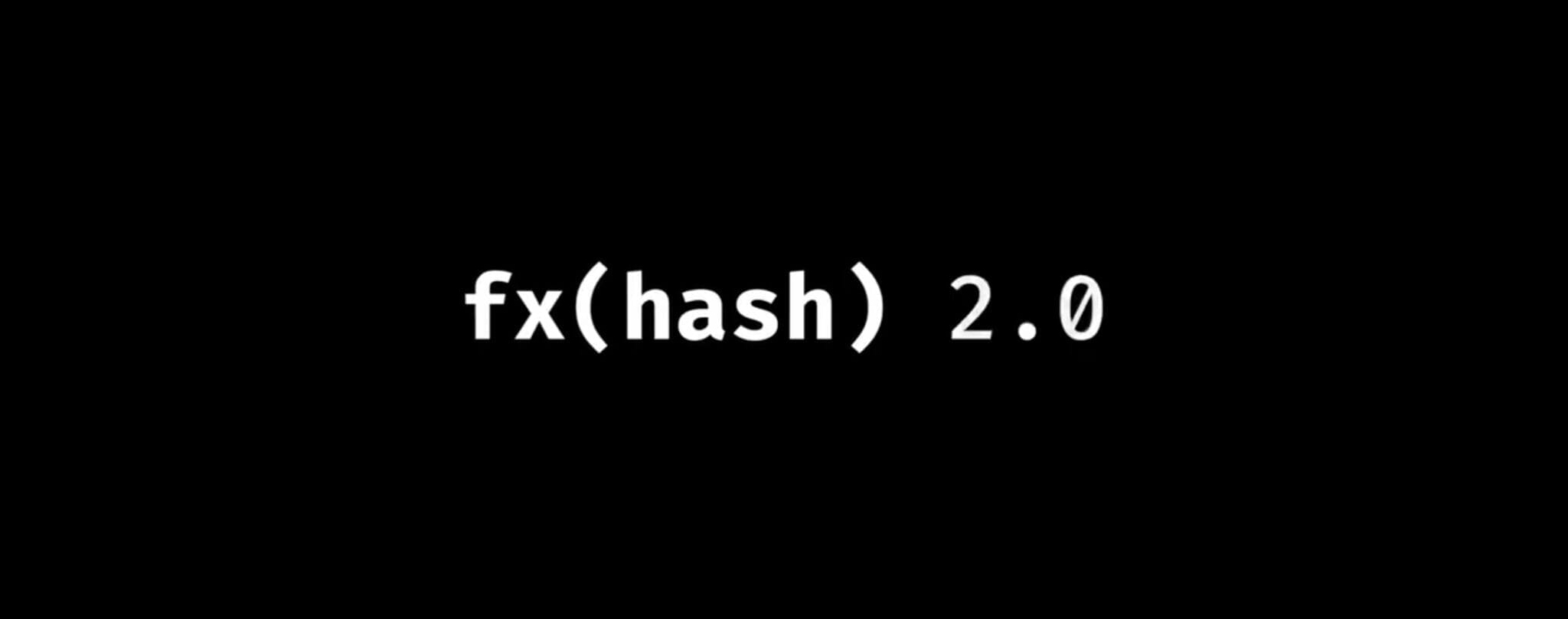VisualTez
VisualTez is a new visual programming tool for writing and deploying Tezos smart contracts.
It both uses and generates SmartPy code. SmartPy is a Python library that has been created to facilitate writing Tezos smart contracts with the Python programming language.
VisualTez aims at lowering the barrier for entry for writing Tezos smart contracts, by allowing for drag and drop contract development in a visual form.
In a Twitter announcement VisualTez was introduced to the Tezos community.
The platform has been developed by a Portuguese team called TezWell featuring Rodrigo Quelhas and the Github for the project can be found here.
TezWell is a Tezos Foundation grantee and featured in the Tezos Foundation March 2022 bi-annual report.
In the report it was stated:
“TezWell is a Portuguese company created in 2020 that initially provided consultancy services to the SmartPy project.
Today, the company focuses on bringing visual programming to smart contract development in the Tezos ecosystem, which will allow users to describe smart contracts through illustrations that can be built by simply dragging and dropping blocks.
Text-based programming languages make the programmer think like a computer, which is usually difficult for people without a computer science or similar background. TezWell will contribute to lowering barriers of entry for people with less technical knowledge.”
Members of the TezWell team also recently created a JavaScript package that allows Tezos devs to create and originate their smart contracts directly from JavaScript. This package used the SmartPy compiler. VisualTez is using this same JavaScript package to generate Tezos smart contracts.
The next steps for VisualTez will be end-to-end testing in June, improved documentation and more templates.
Disclaimer
Not Financial Advice: No content on this website constitutes investment, financial, legal, or tax advice. Users should not construe any such information as a recommendation to buy, sell, or hold any investment or security or to pursue any particular investment strategy.
Read our full disclaimer here.





